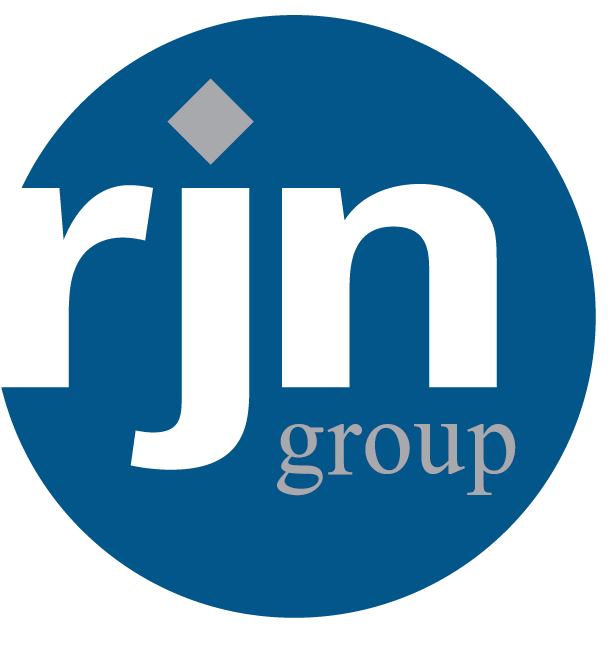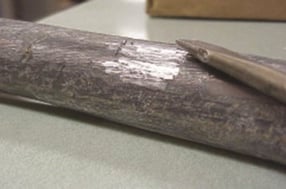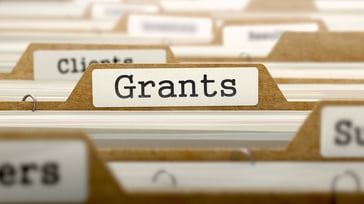(630) 682-4700
2655 Warrenville Road, Suite 225, Downers Grove, IL 60515
Better information about your collection, water, and stormwater systems
Explore ClarityBetter information about your collection, water, and stormwater systems
Explore Clarity
RJN Group, Inc., is an award-winning engineering firm specializing in the asse...
The USEPA estimates that between six and 10 million lead service lines potentially contaminate drinking water throughout the country. They significantly revised the Lead and Copper Rule (LCR) in 2021 to safeguard public health and address the pervasive issue of lead contamination in drinking water. These updates are designed to better protect children and communities by sampling and monitoring water quality at schools and daycare facilities and removing lead sources in our water distribution infrastructure. Complying with these new regulations can present unique challenges for water system owners. This article will highlight how communities can effectively navigate the Lead and Copper Rule Revisions (LCRR).
One of the most critical changes in the LCRR is the mandate for water system owners to complete a service line materials inventory of all water service lines. The EPA has stipulated that all water service providers must have complete inventories reported by October 2024; however, some states have more rigorous deadlines.
Inventory details can be derived through previous materials evaluations, construction and plumbing codes/records, water system records, distribution system inspections, and records or information gathered during normal operations.
The EPA has identified several investigative methods to determine pipe materials, including visual identification of service line material by the customer, mechanical or vacuum excavation, and water quality sampling. Still, each state has the leeway to establish allowed methods in its jurisdiction.
 Innovative approaches, such as predictive modeling, can be used to target areas for investigations and require less manpower to complete the initial inventory. RJN Group has also successfully implemented programs using mailers to request citizens self-inspect and report by performing scratch tests on their service lines to determine the material type.
Innovative approaches, such as predictive modeling, can be used to target areas for investigations and require less manpower to complete the initial inventory. RJN Group has also successfully implemented programs using mailers to request citizens self-inspect and report by performing scratch tests on their service lines to determine the material type.
 Complying with the LCR Revisions (LCRR) may seem daunting for communities with limited resources. However, numerous funding opportunities are available. For example, within the past year, the State of Illinois has provided $7 million in grant funding for low-to-moderate-income communities where affordability is the biggest hurdle in providing a complete inventory program.
Complying with the LCR Revisions (LCRR) may seem daunting for communities with limited resources. However, numerous funding opportunities are available. For example, within the past year, the State of Illinois has provided $7 million in grant funding for low-to-moderate-income communities where affordability is the biggest hurdle in providing a complete inventory program.
$15 billion has been made available by the federal government under the Biden Bipartisan Infrastructure Law through the Drinking Water State Revolving Funds (DWSRF) for lead service line replacements," according to epa.gov. "HUD, Community Development Block Grants (CDBG), and many other grant and loan funding programs are also available to assist small and disadvantaged communities."
The good news is that funding rounds are ongoing. Communities seeking funding should partner with specialists who can navigate the application process's nuances and will favorably position you to secure funding as subsequent rounds are made available. This includes a thorough knowledge of possible funding avenues at the local, state, and federal levels.
/2011-01-19%2013.45.07.jpg?width=271&height=203&name=2011-01-19%2013.45.07.jpg) For communities with lead service lines, crafting and executing a successful public outreach program is essential. The LCRR provides guidelines for communicating with water customers as lead pipes are discovered and replaced using public-facing web portals. When a customer has a lead line, a galvanized steel line that meets the lead criteria, or the material is unknown, they must be notified within 30 days of inventory completion.
For communities with lead service lines, crafting and executing a successful public outreach program is essential. The LCRR provides guidelines for communicating with water customers as lead pipes are discovered and replaced using public-facing web portals. When a customer has a lead line, a galvanized steel line that meets the lead criteria, or the material is unknown, they must be notified within 30 days of inventory completion.
The use of traditional print and digital media, as well as public hearings, are effective tools for reaching mass audiences. Additionally, GIS-based software can be leveraged to create public-facing web interfaces showing LCRR progress. In fact, for communities serving more than 50,000 people, the LCRR requires online access to water line inventories.
/20190221_131229_resized.jpg?width=164&height=219&name=20190221_131229_resized.jpg) Once the materials inventory phase of the LCRR is completed in October 2024, the information will be available to plan a prioritized replacement program. This phase encompasses field verifications for all lead status unknown service lines and the systematic replacement of any lead or galvanized pipelines. Major components of the replacement plan include the total number of suspected lead service lines, the number of known lead service lines, an analysis of costs and financing options for the lead service line replacement in the distribution system, and a plan for prioritizing high-risk areas or facilities.
Once the materials inventory phase of the LCRR is completed in October 2024, the information will be available to plan a prioritized replacement program. This phase encompasses field verifications for all lead status unknown service lines and the systematic replacement of any lead or galvanized pipelines. Major components of the replacement plan include the total number of suspected lead service lines, the number of known lead service lines, an analysis of costs and financing options for the lead service line replacement in the distribution system, and a plan for prioritizing high-risk areas or facilities.
While complying with the LCRR may represent a significant challenge, RJN Group can help make the process much less daunting. With our in-house field technicians and engineering, GIS, and funding experts, we can help advance your community toward achieving a well-funded and compliant lead service line replacement program.

RJN Group, Inc., is an award-winning engineering firm specializing in the asse...